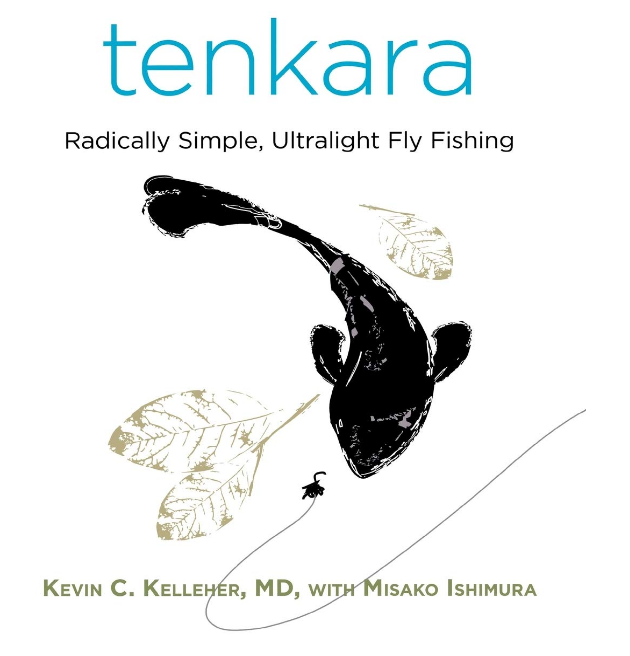Introduction to Tenkara
Tenkara: Radically Simple, Ultralight Fly Fishing is a comprehensive guide to tenkara, a traditional Japanese fly-fishing method that has recently gained popularity in the West. The book is written by Kevin Kelleher, a lifelong fly fisherman who was introduced to tenkara and quickly fell in love with its simplicity and effectiveness.
What is Tenkara?
Tenkara is a fly-fishing method that does not use a reel. The line is attached directly to the tip of a long, thin rod, which is typically 10-12 feet long. This makes casting very easy and intuitive, and it also allows you to fish in tight spaces where a reel would be impractical.
Why Choose Tenkara?
There are many reasons why people are drawn to tenkara, including:
- Simplicity: Tenkara is very easy to learn and use, even for beginners.
- Portability: Tenkara gear is very lightweight and compact, making it perfect for backpacking, camping, and other outdoor activities.
- Effectiveness: Tenkara is a very effective way to catch trout and other small fish.
- Conservation: Tenkara is a very gentle form of fishing that has a minimal impact on the environment.
What Do You Need to Get Started with Tenkara?
The only essential piece of equipment you need for tenkara is a tenkara rod. There are a variety of rods available at different price points, so you can find one that fits your budget and needs. You’ll also need a tenkara line, which is a floating fly line that is specifically designed for tenkara rods. Other optional items include a tenkara reel (which helps you store and manage excess line) and a tenkara fly box.
Tenkara Techniques
Once you have your gear, it’s time to learn some basic tenkara techniques. Tenkara is a very versatile method of fishing, and you can use it to catch trout and other small fish on both dry flies and subsurface flies.
Dry fly fishing: Dry fly fishing involves using a fly that resembles an insect that is floating on the surface of the water. To fish a dry fly on a tenkara rod, you will need to use a special technique called the “tenkara sweep.” This involves casting the fly upstream and then sweeping it across the surface of the water.
Subsurface fishing: Subsurface fishing involves using a fly that is fished below the surface of the water. To fish a subsurface fly on a tenkara rod, you will need to use a technique called the “tenkara mend.” This involves mending the line to keep the fly swimming in the desired depth.
Other Tenkara Techniques
In addition to dry fly fishing and subsurface fishing, there are a number of other tenkara techniques that you can learn, such as:
- Nymph fishing: Nymph fishing involves using a fly that is fished on or near the bottom of the water.
- Streamer fishing: Streamer fishing involves using a large, weighted fly that is fished to imitate a baitfish or other predatory fish.
Tenkara Fishing Destinations
Tenkara can be enjoyed anywhere that there are trout and other small fish. Some popular tenkara destinations include:
- Small streams: Small streams are ideal for tenkara because they tend to have clear water and abundant fish populations.
- Tailwaters: Tailwaters are areas downstream from dams where the water is often very clear and there is a lot of food available for fish.
- Lakes and ponds: Tenkara can also be used to fish lakes and ponds, especially if you are targeting trout or other small fish that are found in these environments.
Conclusion
Tenkara is a great way to enjoy the sport of fly fishing. It is simple, portable, effective, and environmentally friendly. If you are looking for a new way to connect with nature and experience the joy of fly fishing, I encourage you to give tenkara a try.
This summary is based on general knowledge of Tenkara and the themes typically associated with it. For a detailed and accurate understanding of Kevin Kelleher’s perspectives and insights, reading the actual book is highly recommended.



